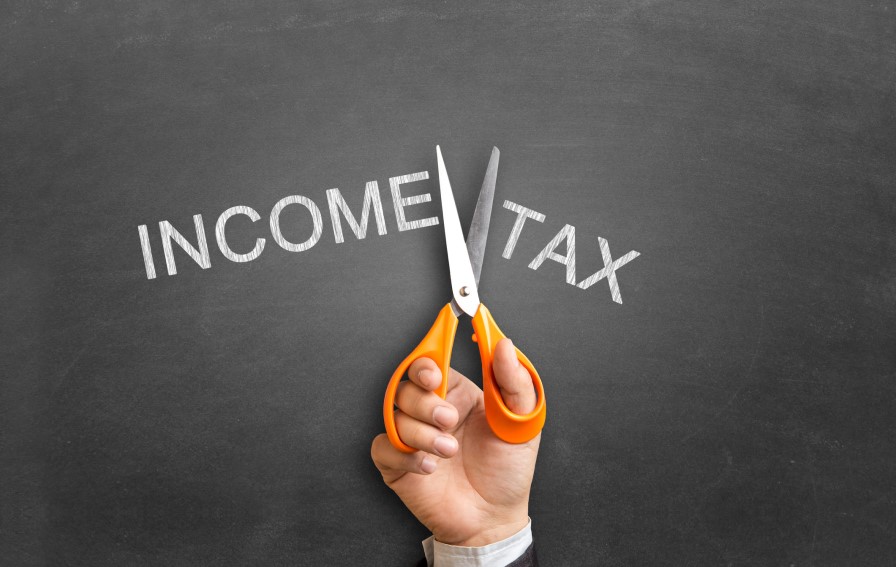Eligible businesses will have one last chance in their 2021-22 tax return to claim the loss carry back, which provides a refundable tax offset to reduce tax liabilities. Those businesses that have an early balancer substituted account period (SAP) for the 2021-22 income year are eligible to claim the loss carry back offset before 1 July 2022.
Your company, corporate limited partnership, or public trading trust may be eligible if you made a tax loss in 2021, carried on a business with an aggregated turnover of less than $5bn, had an income tax liability in 2019 or 2020, and have met lodgment obligations for the five prior income years.
Loss carry back can either be claimed by businesses through their standard business reporting enabled software which has the additional loss carry back labels required or by using the paper copy of the company return 2021 and attaching a schedule of additional information to report the extra aggregated turnover and loss carry back labels required, which are not included in the company tax return 2021.
For example, if you’re carrying back a tax loss from the 2021-22 income year, additional information needed includes the income year in which you choose to carry the loss back to, the tax losses incurred, net exempt income, the income tax liability for the prior year, and the aggregated turnover range of the business.
Since there are so many additional labels which may need to be completed, if you’re claiming the loss carry back before 1 July 2022, the ATO has developed a loss carry back tax offset tool which will assist businesses to determine which labels are relevant in their unique situations. Once all the relevant information is provided, the tool will first determine whether the business is eligible to claim the loss carry back tax offset, then calculate the maximum amount of tax offset available. It will also provide a printable report of the labels which will need to be completed.
However, to use the tool, businesses will need to have the following information handy:
- income tax lodgment history;
- for the 2019-20 and later income years, details of the loss that was made including the amount of tax losses, the tax rate and the aggregated turnover for that year and the prior year;
- for the 2018-19 and later income years, details of the tax liability including the amount, and any net exempt income; and
- opening and closing balance of franking account for the income year that is being lodged (ie 2021-22).
If your business has been battered by the latest COVID-19 wave, you may be able to take advantage of this refundable offset one last time. Remember, because the offset is refundable, it may result in a cash refund, a reduced tax liability, or a reduction of a debt owing to the ATO, all of which should help with cash flow.
